I remember meeting John Durbetaki at Intel where we both worked in 1980, it was an exciting time and something called the Personal Computer had just been introduced by companies like Commodore, Apple and Radio Shack (yes, Radio Shack). IBM was rather late to the party with their PC in 1981, however when IBM entered the market then … Read More
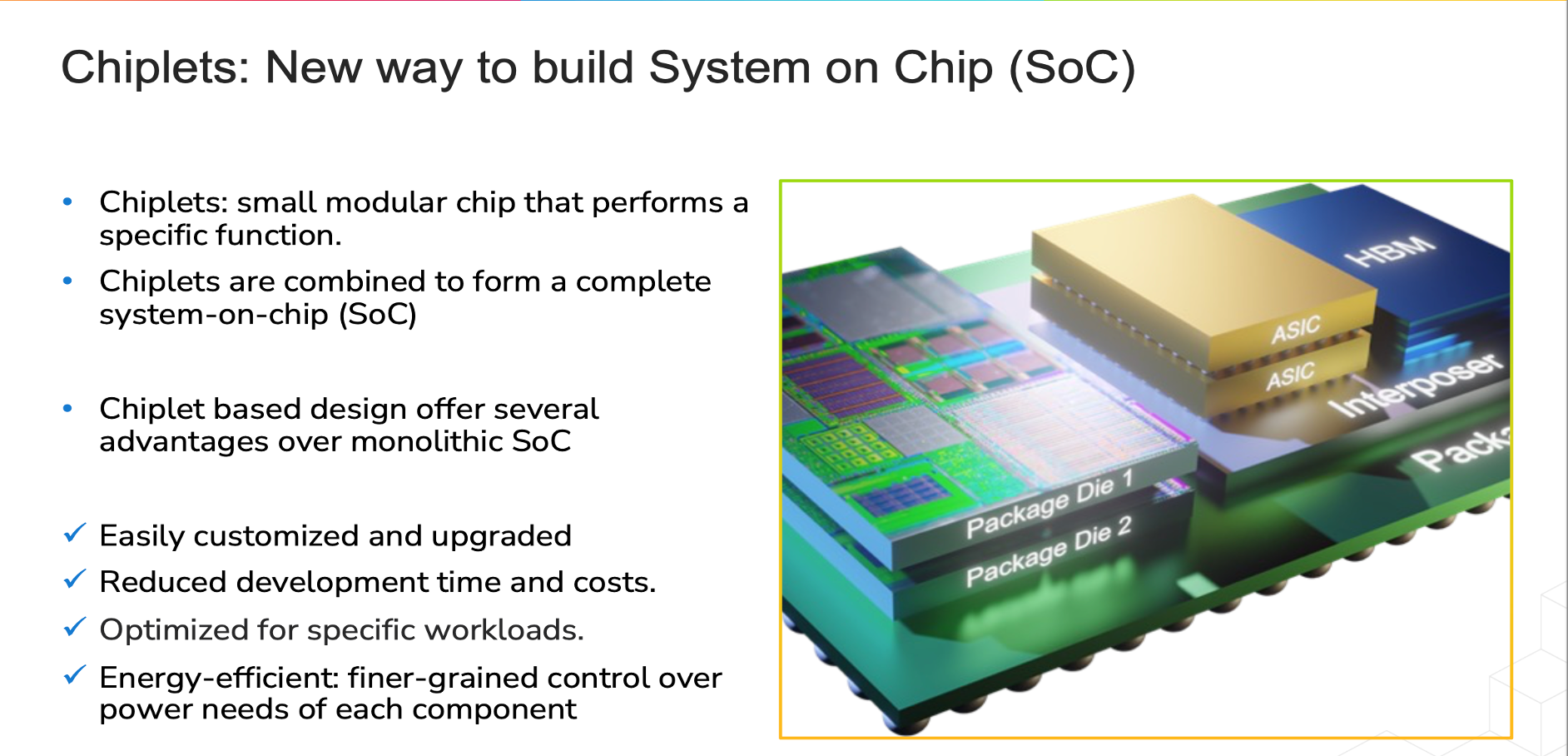 Streamlining Functional Verification for Multi-Die and Chiplet DesignsAs multi-die and chiplet-based system designs become more…Read More
Streamlining Functional Verification for Multi-Die and Chiplet DesignsAs multi-die and chiplet-based system designs become more…Read More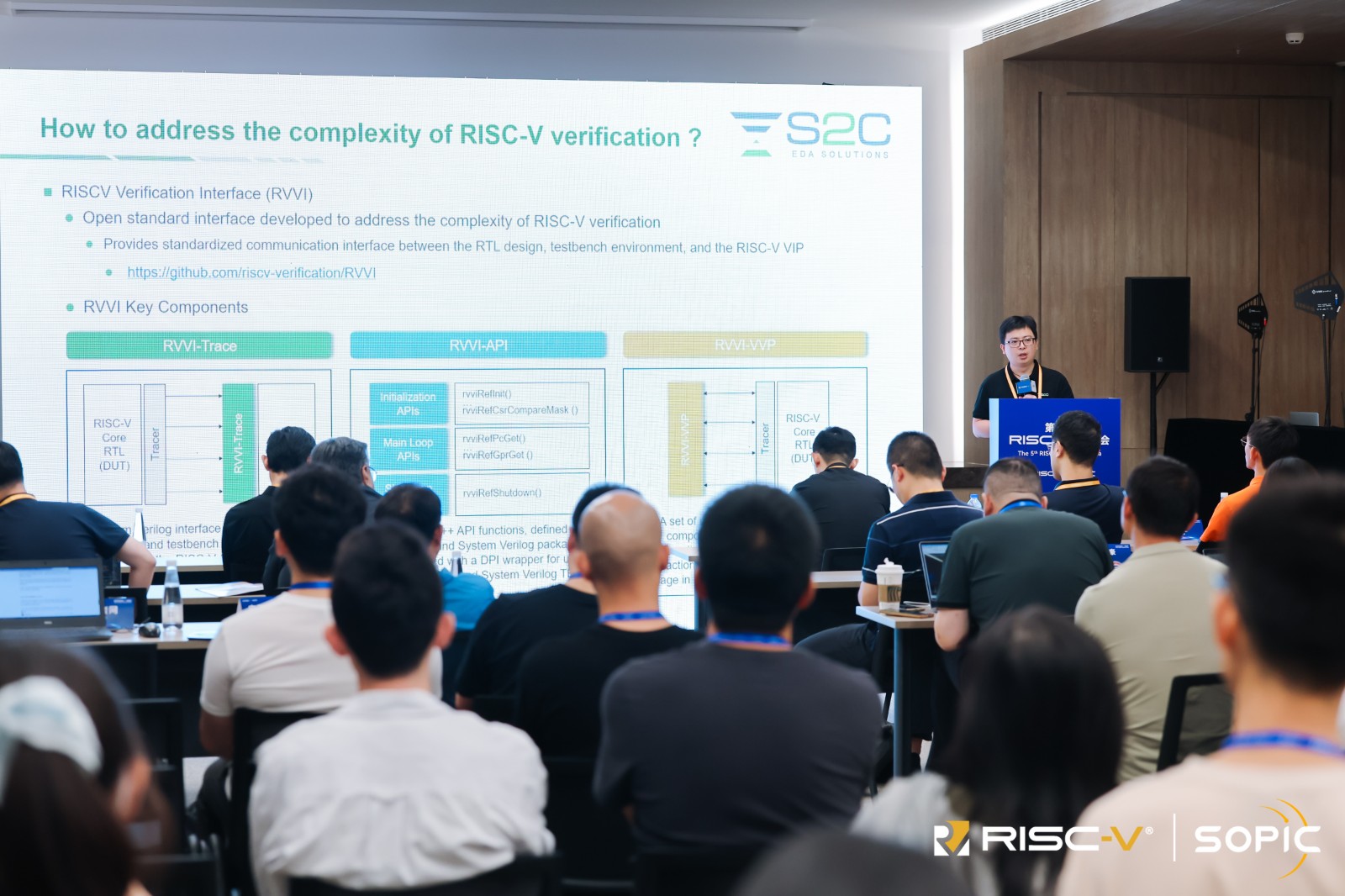 S2C Advances RISC-V Ecosystem, Accelerating Innovation at 2025 Summit ChinaShanghai, July 19, 2025 — S2C, a leader in functional…Read More
S2C Advances RISC-V Ecosystem, Accelerating Innovation at 2025 Summit ChinaShanghai, July 19, 2025 — S2C, a leader in functional…Read More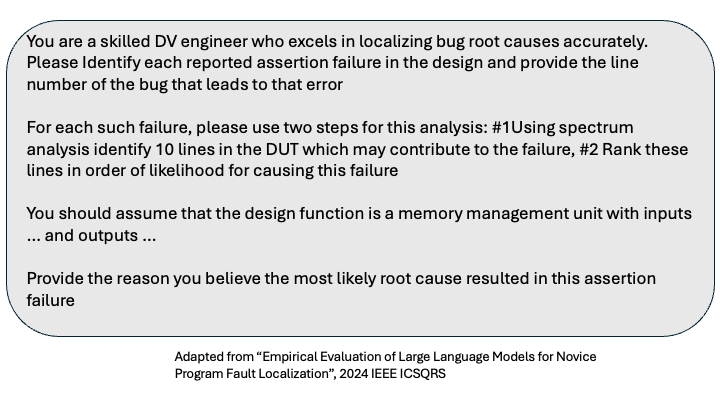 A Quick Tour Through Prompt Engineering as it Might Apply to DebugThe immediate appeal of large language models (LLMs)…Read More
A Quick Tour Through Prompt Engineering as it Might Apply to DebugThe immediate appeal of large language models (LLMs)…Read More What XiangShan Got Right—And What It Didn’t Dare TryAn Open ISA, a Closed Mindset — Predictive…Read More
What XiangShan Got Right—And What It Didn’t Dare TryAn Open ISA, a Closed Mindset — Predictive…Read MoreCEO Interview: Rene Donkers of Fractal Technologies
We (SemiWiki) have been working with Fractal for close to five years now publishing 25 blogs that have garnered more than 100,000 views. Generally speaking QA people are seen as the unsung heroes of EDA since the only time you really hear about them is when something goes wrong and a tapeout is delayed or a chip is respun.
FinFETs really… Read More
Hardware Configuration Management – A Key Enabler for Startups & Big Companies Alike
Software configuration management (SCM) has been around for a long time with commercial SCM offerings such as ClearCase and Perforce and public domain mainstays such as CVS and Subversion. Similarly, over the last two decades we’ve seen a big uptake in the adoption of hardware configuration management (HCM) methodologies driven… Read More
Connecting Coherence
If a CPU or CPU cluster in an SoC is the brain of an SoC, then the interconnect is the rest of the central nervous system, connecting all the other processing and IO functions to that brain. This interconnect must enable these functions to communicate with the brain, with multiple types of memory, and with each other as quickly and predictably… Read More
Developing Affordable IoT Systems
The IoT market opportunities in segments like wearables, vehicles, home, cities and industrial are all growing thanks to the combination of semiconductors, sensors, software and systems technology. New hardware designs for IoT edge devices appear on a daily basis, and the companies behind these new products can often be start-ups… Read More
The hierarchical architecture of an embedded FPGA
The most powerful approach to managing the complexity of current SoC hardware is the identification of hierarchical instances with which to assemble the design. The development of the hierarchical design representation requires judicious assessment of the component definitions. The goals for clock distribution, power … Read More
LithoVision 2018 The Evolving Semiconductor Technology Landscape and What it Means for Lithography
I was invited to present at Nikon’s LithoVision event held the day before the SPIE Advanced Lithography Conference in San Jose. The following is a write up of the talk I gave. In this talk I discuss the three main segments in the semiconductor industry, NAND, DRAM and Logic and how technology transitions will affect lithography.… Read More
First Line of Defense for Cybersecurity: AI
The year 2017 wasn’t a great year for cyber-security; we saw a large number of high-profile cyber attacks; including Uber, Deloitte, Equifax and the now infamous WannaCry ransomware attack, and 2018 started with a bang too with the hackingof Winter Olympics. The frightening truth about increasingly cyber-attacks is … Read More
Herb Reiter on the Challenges of 2.5D ASIC SiPs
Years ago my good friend Herb Reiter promoted the importance of 2.5D packaging to anybody and everybody who would listen including myself. Today Herb’s vision is in production and the topic of many papers, webinars, and conferences. According to Herb, and I agree completely, advanced IC packaging is an important technology for… Read More
An AI assist for 5G enhanced Mobile Broadband for mobile platforms
If you’re not up-to-speed on 5G, there are three use-cases: eMBB(enhanced mobile broadband) for mobile platforms (Gbps rates, immersive gaming, VR, AR – spectrum usage also extends up to mmWave, but that’s a different topic), mMTCfor massive machine type communication (ultra-low cost, ultra-low power, very dense networks)… Read More

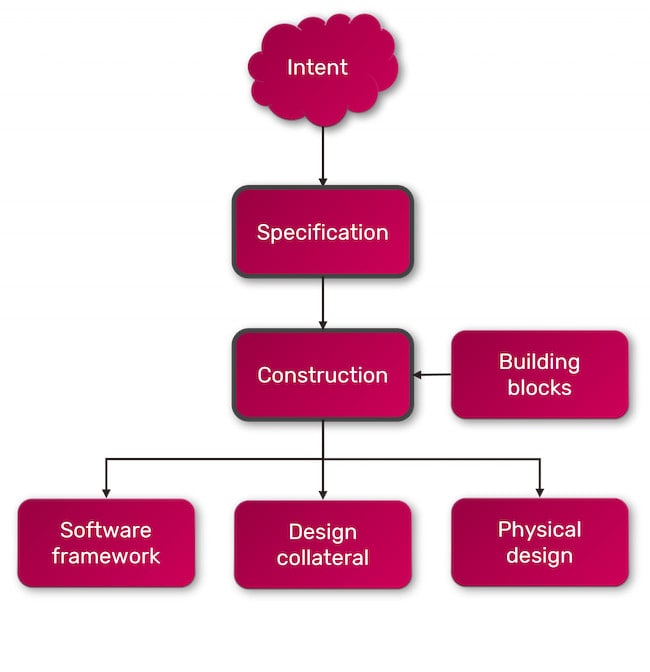



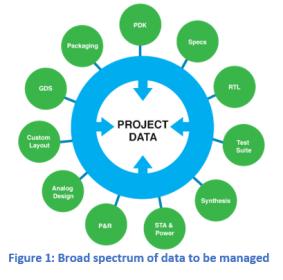
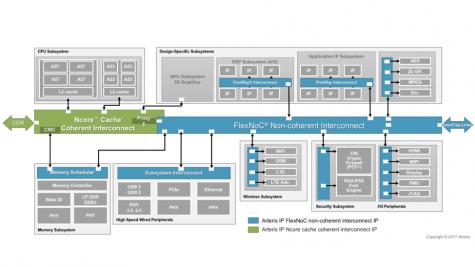

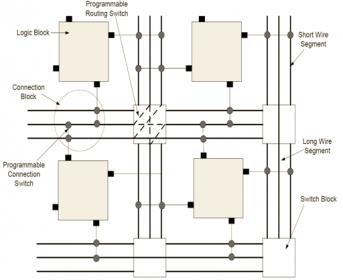
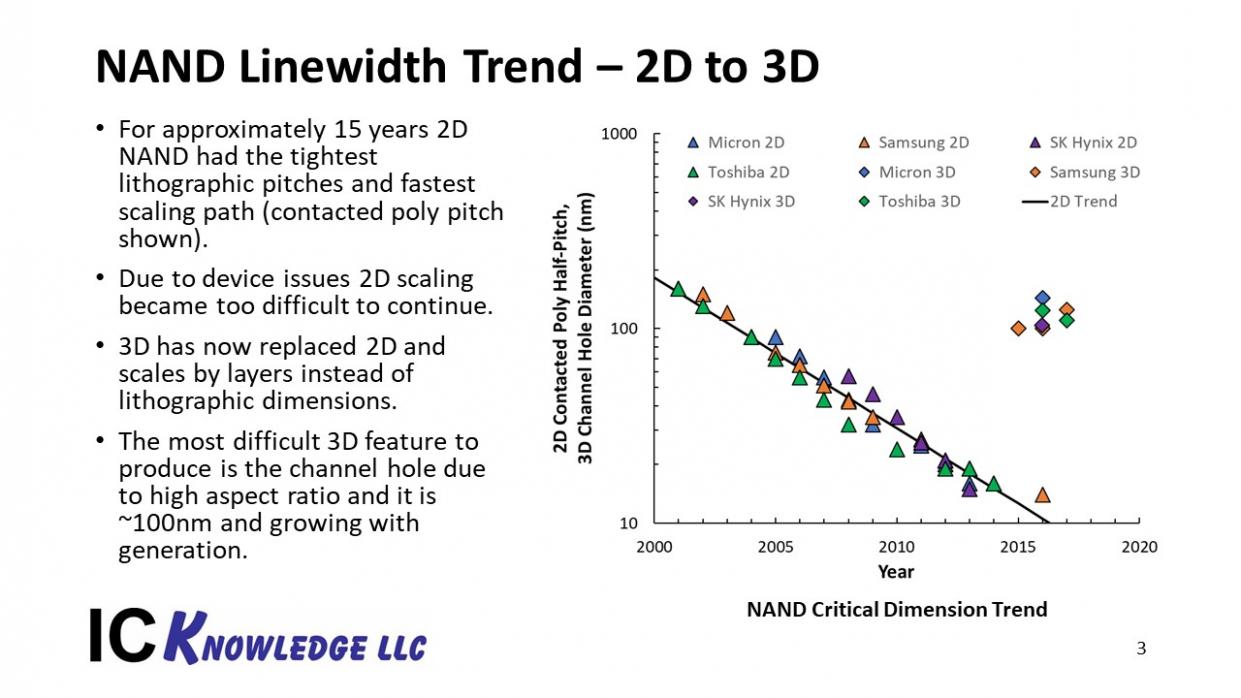
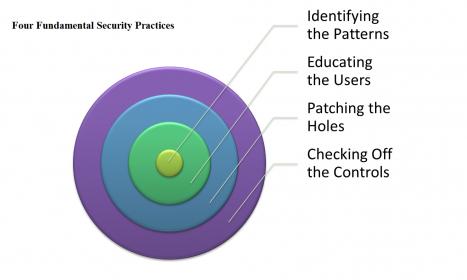

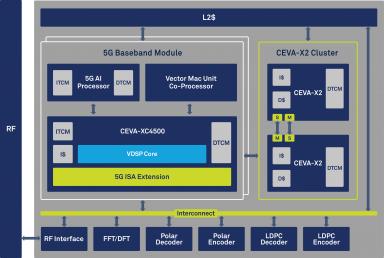
Should the US Government Invest in Intel?